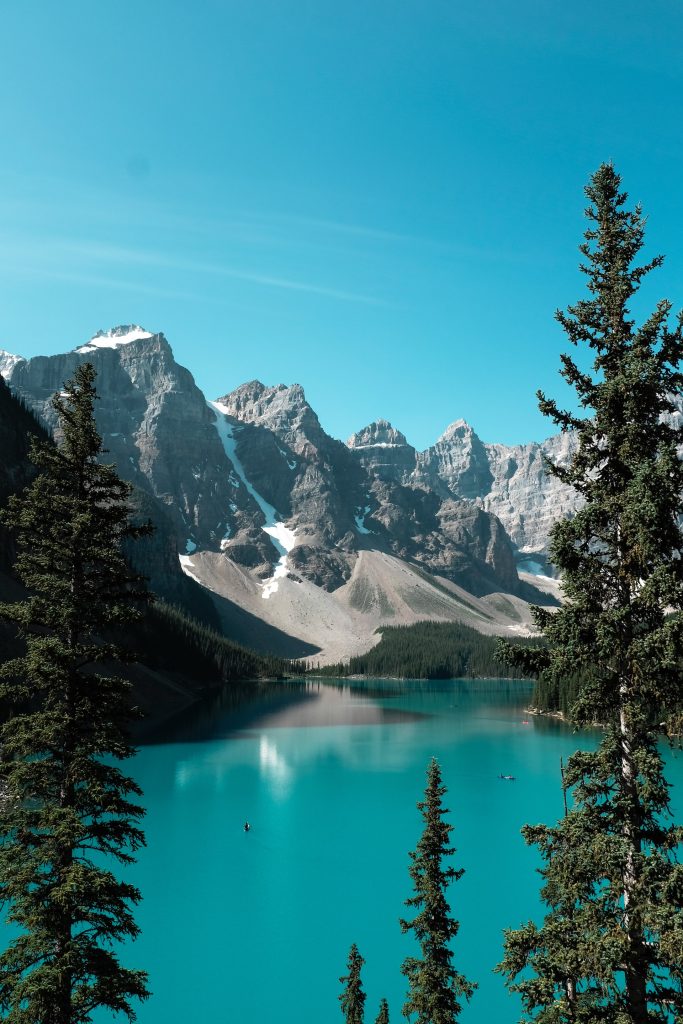Canada is home to some of the most stunning natural landscapes and scenic vistas in the world. From towering mountains to rolling prairies, sparkling lakes to lush forests, the country’s natural beauty is unparalleled. These natural wonders are preserved and protected by Canada’s network of national and provincial parks, which provide a haven for wildlife and a playground for outdoor enthusiasts.

But how did Canada’s parks come to be? Who were the visionaries and advocates who championed their creation? In this article, we will explore the history of Canadian parks and the people who fought to protect and preserve these natural treasures.
Early Conservation Efforts in Canada
The roots of Canada’s national and provincial parks can be traced back to the late 19th century, when the country was still in its infancy. At the time, there was little awareness or concern for the preservation of Canada’s natural landscapes, and many saw the country’s vast resources as something to be exploited for profit.
However, a handful of visionaries recognized the importance of preserving Canada’s natural beauty. In 1885, the federal government established Banff National Park, making it the first national park in Canada and the third in the world. The creation of Banff was largely due to the efforts of George Stewart, a railway surveyor who recognized the potential of the Rocky Mountains as a tourist destination.

https://unsplash.com/photos/Yfbg-D-9kjoBanff was soon followed by other national parks, including Jasper, Yoho, and Waterton Lakes. In 1911, the Dominion Parks Branch was established to oversee the management of these parks, and by the 1920s, Canada had established a national park system that was the envy of the world.
Expansion of the National Park System
Throughout the 20th century, Canada’s national park system continued to grow and evolve. In the 1930s, the federal government began acquiring land in the Canadian Rockies to expand Banff National Park, creating what is now known as the Banff-Bow Valley.
During World War II, many of the country’s national parks were closed to the public, as they were used for military training and other purposes. However, after the war, the parks were reopened, and the federal government began to invest in their infrastructure, building new roads, campgrounds, and visitor centers.
In the 1960s and 1970s, there was a renewed interest in conservation and environmentalism, and this led to the expansion of Canada’s national park system. In 1970, the federal government created the Kouchibouguac National Park in New Brunswick, marking the first time a national park had been created east of the Rockies.
Over the next few decades, the national park system continued to expand, with new parks being established in the Arctic, the Atlantic coast, and the boreal forests of northern Ontario. Today, Canada’s national park system includes 48 parks and 167 historic sites, covering more than 328,000 square kilometers.
Provincial Parks in Canada
In addition to the national park system, Canada also has a network of provincial parks, which are managed by individual provinces and territories. The first provincial park in Canada was established in Ontario in 1893, and over the next century, other provinces followed suit.
Today, there are more than 1,200 provincial parks in Canada, covering a total area of over 330,000 square kilometers. These parks provide a range of recreational opportunities, from camping and hiking to swimming and boating.
